One of the most overlooked factors is when to upsize or downsize hooks for bass fishing. Bass anglers know that small adjustments can make a huge difference in landing more fish.
Whether you’re fishing heavy cover in the summer, chasing aggressive fall feeders, or working slow finesse baits in winter, knowing when to upsize or downsize hooks for bass fishing will directly affect your hook-up ratio and overall success on the water.
Why Hook Size Matters in Bass Fishing
The hook is your final connection to the fish, and size plays a major role in how effectively you penetrate a bass’s mouth. A hook that’s too large can overpower a bait and spook fish, while one that’s too small may not penetrate tough tissue. Hook gauge (thickness) also matters. Thicker hooks are stronger but require more force to set. Thin-wire hooks penetrate more easily but bend more easily under pressure.
Understanding these details is key when deciding whether to upsize or downsize your hooks for bass fishing.
When to Upsize Hooks For Bigger Bass
There are times when going larger pays off:
- Fall Feeding Frenzy – In fall, bass feed heavily to bulk up before winter. Upsizing hooks allows you to throw larger baits, like big crankbaits or oversized soft plastics, that match the baitfish schools bass are targeting. Larger hooks give you more bite on bigger-bodied lures, ensuring you hook into those aggressive strikes.
- Heavy Cover Situations – In summer and late spring, when bass bury into thick grass, lily pads, or timber, upsized hooks with heavier gauge wire help pull fish out of cover without bending or losing leverage.
- Targeting Trophy Fish – If your goal is quality over quantity, upsizing ensures your hook can handle the pressure of a bigger bass’s jaw and strength without bending out.
When to Downsize Hooks For Finesse Fishing
On the flip side, smaller hooks excel in clear water and during tough bite conditions:
- Cold Water or Winter Bass Fishing – Bass are sluggish in cold water and often nip at baits rather than inhaling them. Downsizing to a lighter wire hook allows for easier penetration with less force, which is crucial in winter conditions.
- Post-Spawn and Summer Pressure – During periods of heavy fishing pressure, bass get conditioned to large presentations. Downsizing your hook with smaller soft plastics, wacky rigs, or drop shots can make your bait look more natural.
- Clear Water Scenarios – In highly transparent lakes or reservoirs, a smaller hook reduces visibility, which often increases bites from wary fish.
Seasonal Adjustments to Hook Size
Bass behavior changes with the seasons, so your hook choice should adapt accordingly:
- Spring – Match your hook size to spawning presentations. Medium-sized hooks work best for soft plastics like creature baits and lizards.
- Summer – Upsize in heavy cover; downsize in offshore finesse situations.
- Fall – Consider upsizing as bass feed aggressively on larger forage, but keep a finesse option ready for pressured lakes.
- Winter – Downsize for lethargic fish that won’t commit to large lures.
Knowing when to upsize or downsize hooks for bass fishing based on the season helps you stay one step ahead of changing fish behavior.
Learn finesse fishing techniques to catch more bass!
Reel in The Final Thoughts: When to Upsize or Downsize Hooks For Bass
The difference between a missed strike and a solid hook-up often comes down to hook size. Larger hooks shine in heavy cover and when bass are feeding aggressively, while smaller hooks excel in finesse situations, clear water, and cold weather. By adjusting your approach seasonally—especially in fall when upsizing hooks can match the bigger forage bass that are chasing—you’ll increase your chances of landing more fish.
Ultimately, learning when to upsize or downsize hooks for bass fishing isn’t just about following a rulebook; it’s about reading conditions, adjusting to the season, and matching your gear to the fish.

Great read 💜